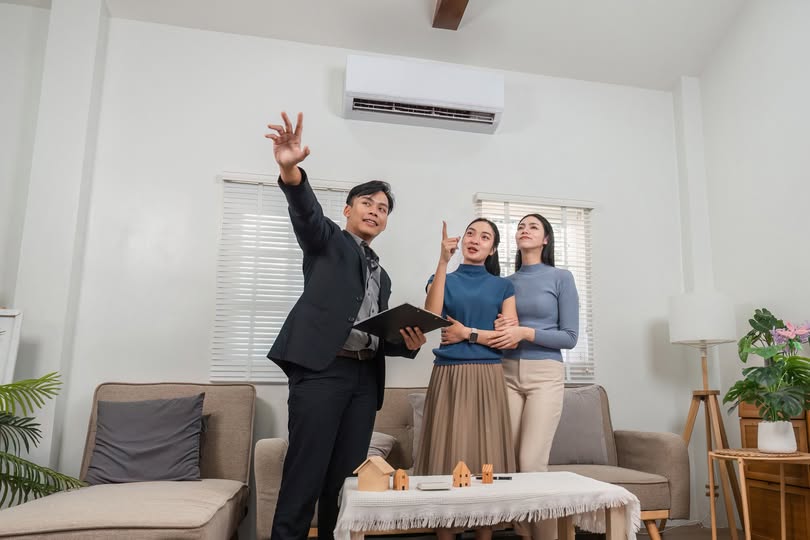
Keeping your home cool during the hot summer months can be costly - especially if your HVAC system isn’t running efficiently. Luckily, there are simple steps you can take to boost performance, reduce energy consumption, and save money. The professional and highly skilled team from A Plus Quality is here to share 7 effective ways to improve your HVAC efficiency this...
Read more
Read more
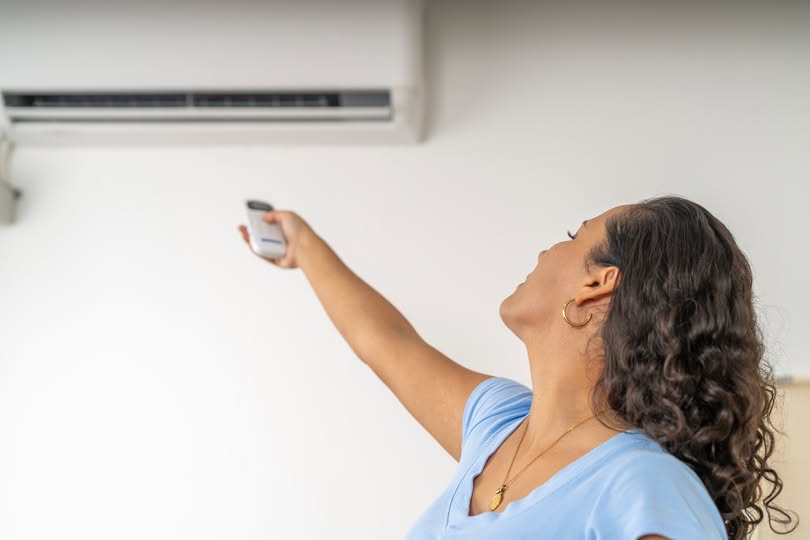
Getting a good night’s sleep in the summer can be challenging - especially if your home isn’t properly cooled. Believe it or not, your HVAC system plays a significant role in your sleep quality during hot months. When optimized, it can help you fall asleep faster, stay asleep longer, and wake up feeling refreshed.
Temperature is a major factor in sleep regulation....
Read more
Read more
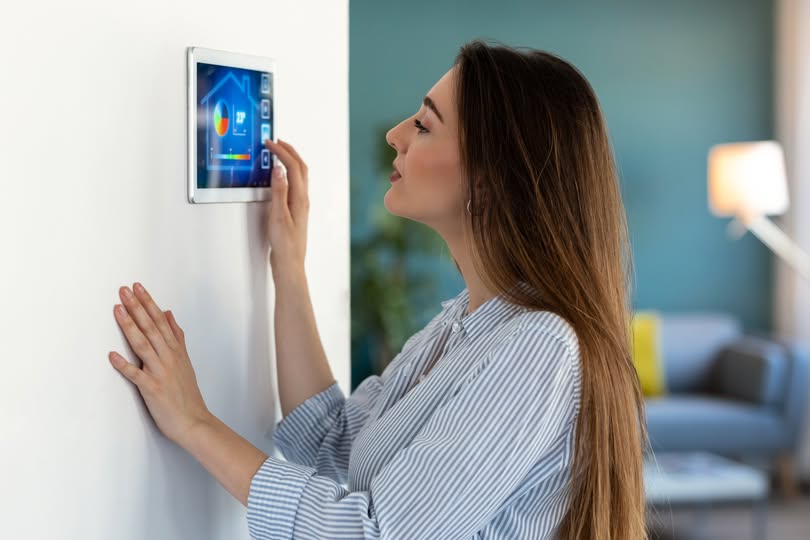
As temperatures soar, keeping your home cool without overspending on energy bills becomes a top priority. One of the smartest ways to manage indoor comfort and save money this summer is by upgrading to a smart thermostat. These intelligent devices learn your schedule, adjust temperatures automatically, and allow remote control from your smartphone—ensuring your home stays...
Read more
Read more
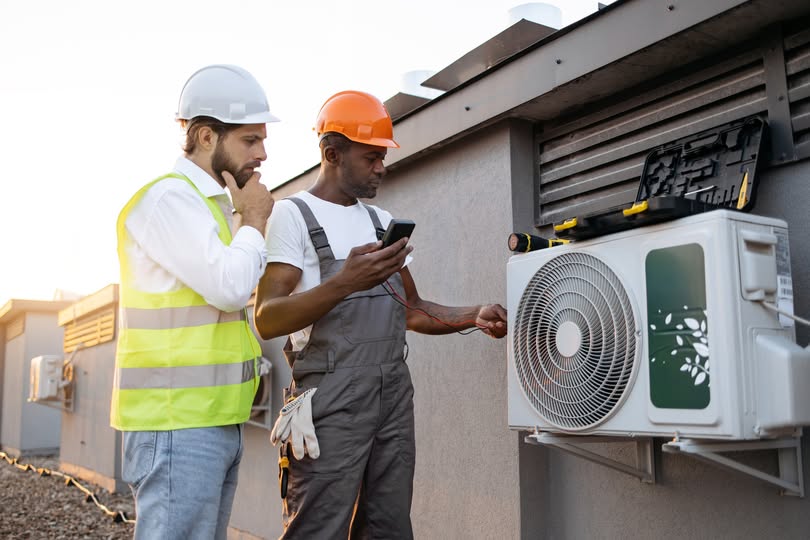
With summer temperatures on the rise, your HVAC system plays a critical role in keeping your home cool and comfortable. But is your system ready to handle the heat? Use this quick checklist to make sure you're prepared before the hottest days arrive.
1. Replace or Clean Air Filters
Dirty filters restrict airflow and reduce efficiency. Check and replace them every 1–2...
Read more
Read more

Your HVAC system works hard to keep your home cool and comfortable, especially during the hot summer months. But when your system’s coils are covered in dirt and debris, it can significantly reduce efficiency and performance. The evaporator and condenser coils play a crucial role in the heat exchange process, and when they’re dirty, they can’t do their job...
Read more
Read more

Summer storms can bring more than just heavy rain and strong winds—they can wreak havoc on your HVAC system if it's not properly protected. Preparing your system ahead of time not only prevents costly damage but also ensures your home stays comfortable, no matter what the weather brings.
Start by securing the outdoor unit. High winds can toss debris into your AC...
Read more
Read more
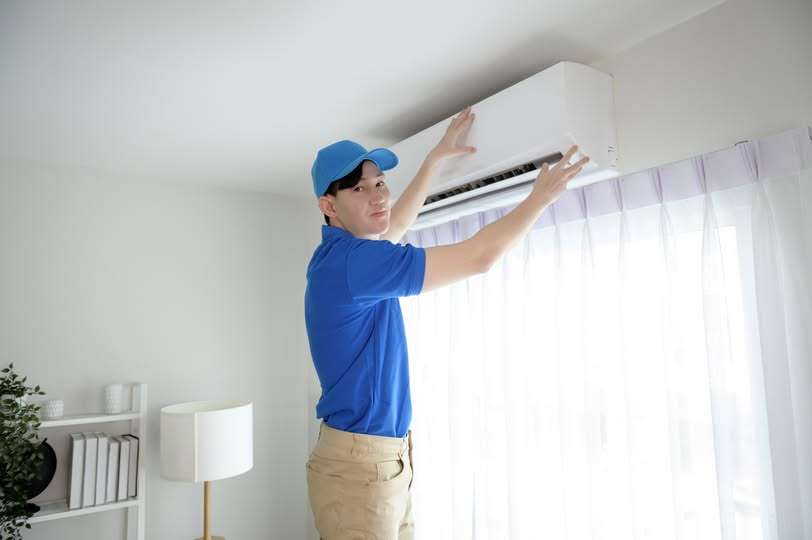
As summer temperatures continue to rise, upgrading your HVAC system can make a world of difference in staying comfortable and energy-efficient. Whether you’re looking to enhance performance, lower utility bills, or improve indoor air quality, the right HVAC upgrades can transform your home into a cool, relaxing haven.
One of the best upgrades is installing a smart...
Read more
Read more
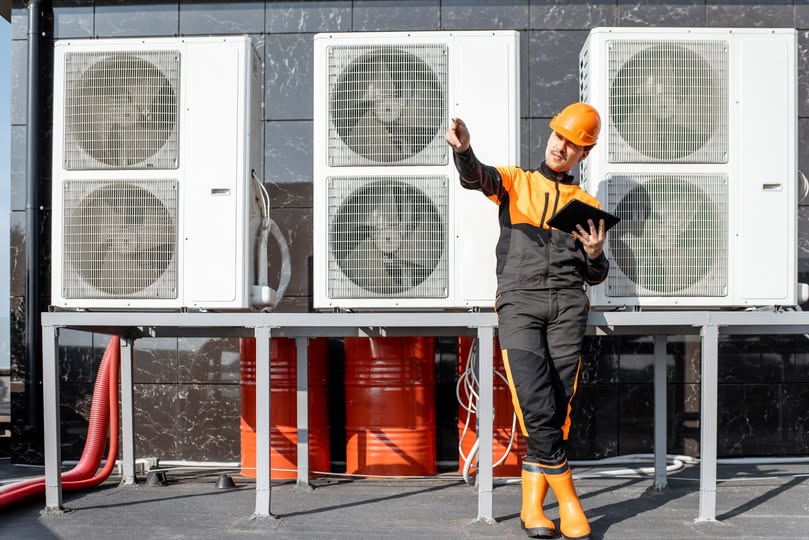
As summer temperatures soar, your HVAC system becomes the heart of home comfort. But even the most advanced systems can struggle if they’re not maintained or used correctly. Avoiding a few common mistakes can make all the difference in performance, energy efficiency, and longevity.
1. Neglecting Regular Maintenance
One of the biggest mistakes is skipping seasonal...
Read more
Read more

Excess humidity in your home can make summer feel even more uncomfortable than it already is. High humidity levels not only make the air feel sticky and hot, but they can also lead to mold growth, poor indoor air quality, and damage to your furniture and walls. Thankfully, your HVAC system can play a vital role in managing and reducing indoor humidity levels.
Modern HVAC...
Read more
Read more
Popular blog
7 Ways to Improve Your HVAC Efficiency This Summer
Keeping your home cool during the hot summer months can be costly - especially if your HVAC system isn’t running efficiently. Luckily, there are simple steps you can take to boost performance, reduce energy consumption, and...


